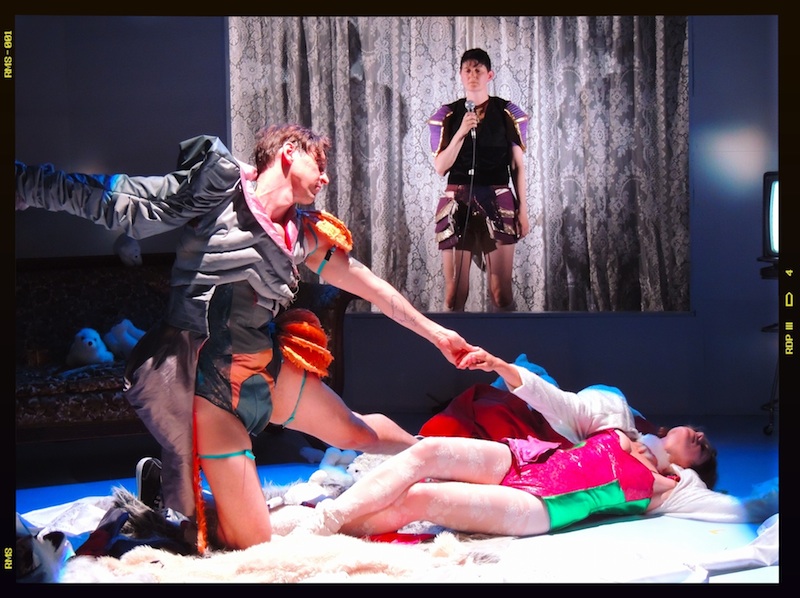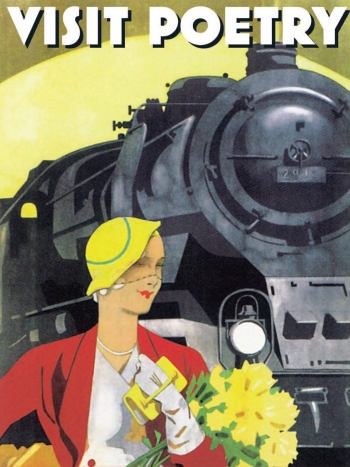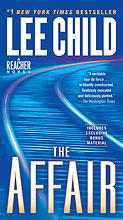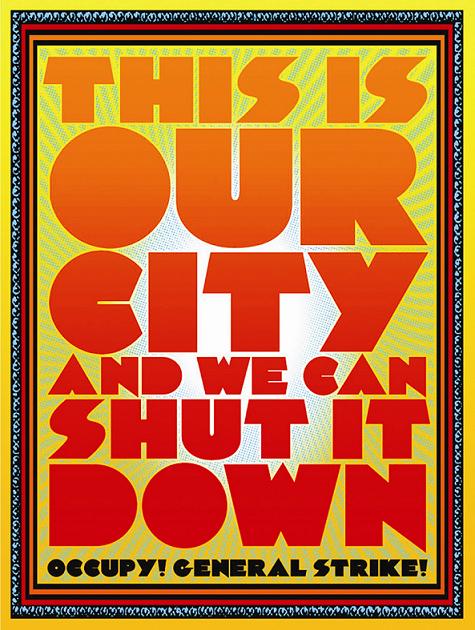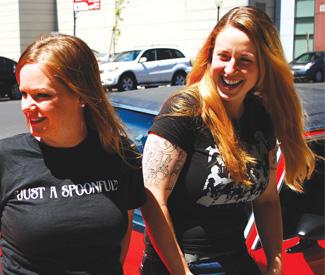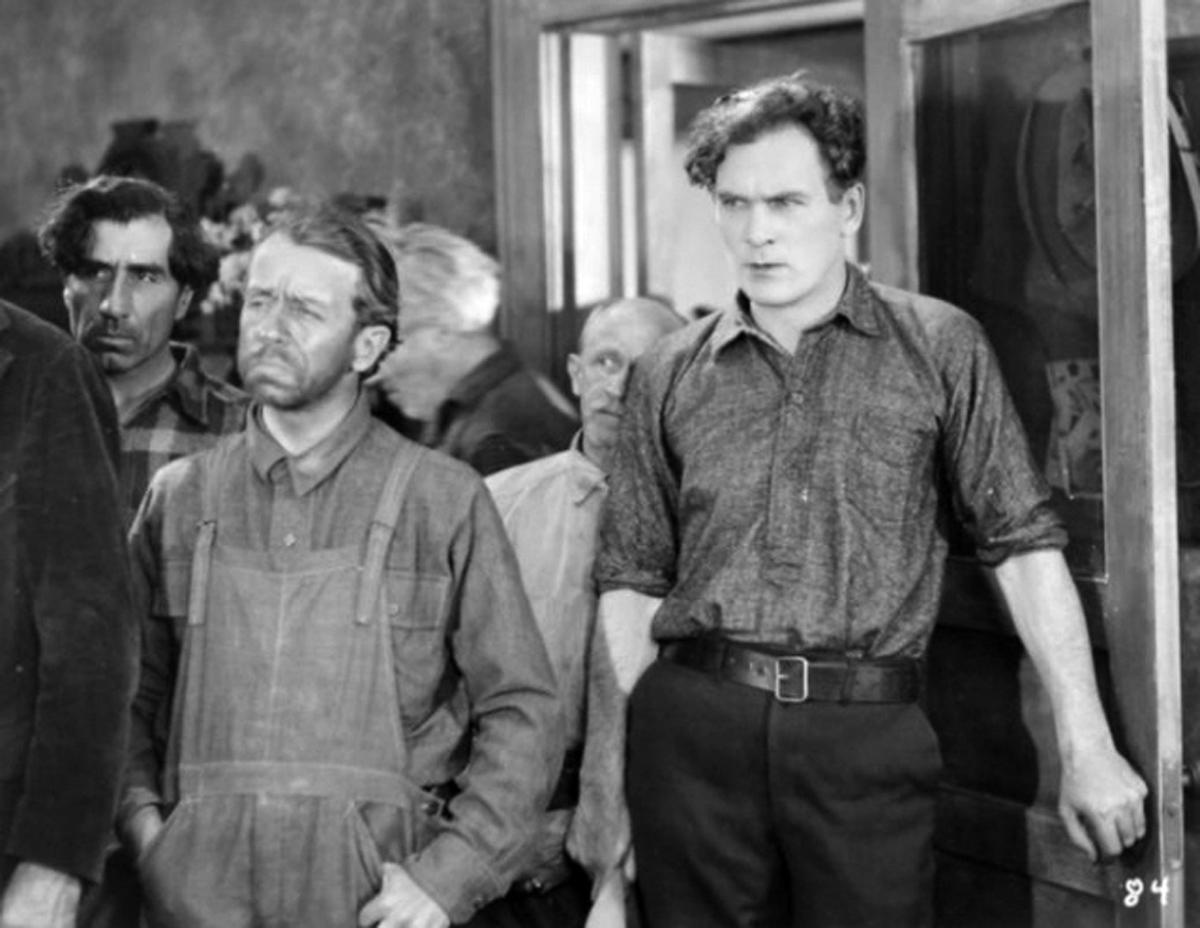Over the past 30 years, California microbrew has conquered niche markets and infiltrated the mainstream in its evolution from “social lubricant” to “serious, artisanal product.” Arguably, no individual is more responsible for this spirit of innovation than Vinnie Cilurzo of Russian River Brewing Company, based in Santa Rosa.
Acclaimed for his generously hoppy beers, which possess a cult following of Trekkie-like fervor, Cilurzo is credited with inventing the double IPA early in his career in San Diego; and Russian River’s elusive, seasonally released Pliny the Younger was recently determined, by popular vote, to be the best beer in the world.
However, Cilurzo’s mavericky side is perhaps best reflected in his sour ales: a highly specialized range of Belgian-derived brews, revered in beer-geek circles for their complexity. Aged in wine barrels for years at a time, with the addition of fruit like sour cherries and currants, and often subjected to the risky practice of spontaneous fermentation, sours are as temperamental as they are inefficient in respect to time, cost-effectiveness, and space preservation. Often called “wild ales,” these beers require a knowledgeable, experienced brewer to tame them.
I spoke with Cilurzo over the phone recently about his approach to sour beers, his brand’s esteemed reputation, some recent collaborations with Sierra Nevada and Toronado, and his favorite hops, as well as the various brews gracing his fridge at home. Beer lovers, and novices alike, read on:
SFBG You make a pretty diverse lineup of beers. Is there anything that your beers have in common? Anything that ties them all together?
Vinnie Cilurzo They’re all, for the most part, full-flavored beers. Obviously, we have a pretty eclectic lineup, from our super-hoppy beers [Pliny the Elder; Blind Pig IPA], to the Belgian beers [Damnation; Sanctification], to barrel-aged beers [Supplication; Beatification]. And then we make a lot of session-type beers at the pub. I’m not sure there’s anything that ties them together, other than from a quality standpoint, you know, being Russian River. But we like having the diversity at the brewpub for sure, and the brewpub is hands-down the main part of our operation.
http://www.youtube.com/watch?v=bYzqf0Ukssg
SFBG “Sour” is a pretty popular umbrella term for a whole range of beers. Do you accept that term? Reject that term? How do you classify them?
VC I’m fine if someone wants to call them sour, or barrel-aged, or whatever they want to call them. I think, for the most part, the beer connoisseurs know what they are. You know, on occasion, a non-beer-enthusiast will buy a bottle and be surprised when they find it is sour in flavor. It doesn’t say it on the front of the label, but we don’t make a huge deal out of it, either way. Barrel-aged funky beers… is the term we tend to go with, typically [laughs].
SFBG Looking at opposite ends of the spectrum, what do you think is a good barrel-aged beer to start out with, for someone who’s looking to jump in? What’s a good example of one that goes all the way, and just does something radical?
VC We have three main barrel-aged beers, and then the fourth being Sanctification, which is the 100% brett-fermented, and we add bacteria to it. The Sanctification is probably the mildest. We purposefully make it less sour and less tart, so that, maybe a person that’s new to the funky beers can maybe taste one of these, as sort of an entry level funky, barrel-aged beer…
On the most extreme side, I would definitely go with Consecration, which is 10% alcohol, and we age it in Cabernet Sauvignon barrels. There’s currants added to the barrels, so that provides sugar for the secondary fermentation. That’s definitely got the biggest, boldest flavors, not only from the beer part of it, but the wine contribution, and the barrel contribution, and although it’s not over-the-top sour, there’s just a lot of big, bold, complex flavors there.
SFBG Also, Beatification. That’s the only one that’s completely spontaneously fermented, right?
VC Yeah, it is. That, too, could also be considered, probably on the pretty extreme side of the funky beers, in that we do 100% spontaneous fermentation… In Belgium, a spontaneous beer would originally be called a Lambic, but that’s a protected term that can only be used in Belgium. We obviously respect our friends in Belgium making lambic, so we’ve come up with this kind of playful term called “Sonambic” (a contraction between Sonoma and Lambic.)
So, we have multiple batches of Sonambic aging all the time, and then we take different batches, blending them together to make Beatification. Beatification is, typically, a once-a-year release.
SFBG Since this beer’s picking up these wild yeasts, do you think they have a specific flavor profile that you would not get if you were aging these beers in Belgium, or somewhere else?
VC No, I think they’re wild yeasts that are inherent to brewing these types of beers, in general. So, if you know how to manipulate your environment, you can probably get these types of flavors to come through. But, it certainly takes time.
SFBG You mentioned “manipulating your environment.” These sours, you’ve been making them for a while. Do you feel like you’ve kind of gotten the variables down, and know how to control it, pretty much every step of the way?
VC We have a good handle on it, but the beer is always in control. The time when you start feeling that you know what you’re doing, the yeast and the bacteria will throw a curveball at you, that’s for sure. So, the beer really does tell you when it’s ready. It’s weather dependent; it’s temperature dependent; it’s seasonally dependent; it’s what was in the barrel before; it’s how long you clean the barrel. For the spontaneous beers, specifically, it’s how long we leave the wort in the koelship, which is the open fermenter. There’s so many variables. So, you have to be very, very pliable, and be able to go with the flow, if you will.
http://www.youtube.com/watch?v=q9-umFtNSVE
SFBG Moving on, there’s the Toronado 25th Anniversary collaboration…
VC Yeah, we’ve got that in the bottle now. Four-and-a-half years ago, we made Toronado’s 20th anniversary beer, [Toronado owner] Dave Keene liked it a lot and asked me if I’d do the 25th anniversary. We actually started it about a year ago, so by the time the Toronado 25th anniversary happens, which is Aug. 11, it’ll have been about a year-and-a-half project.
We started brewing them in the spring of 2011, and we just bottled it recently. It’s a disproportionate blend of the six beers… Dave and I made the blend ourselves, so he came up here one day a while back. We sat down and tasted through all the beers first, and created the base blend, started tweaking it here and there, and got it to a point where we were happy with it.
SFBG Are there any other San Francisco-centric collaborations going on? Any other collaborations with breweries, in general?
VC We do have a big one coming out, but it was actually brewed at Sierra Nevada, so it was a Russian River / Sierra Nevada collaboration… specifically between Brian Grossman [Sierra Nevada owner Ken Grossman’s son] and I. Brian and I are very close friends so, we wanted to do a beer together.
We didn’t want to do something that we both make already, so hoppy beers were out. Being that we do sour, barrel-aged beers, that was out. And, also, there was no way that Ken was going to allow bacteria at Sierra Nevada. But, they had never used brettanomyces before, and Brian thought his dad would be okay with that. So, I started working on a recipe on our pilot brewery here, and then Brian started working on his dad to get him to sign off on the project. Finally, Ken was okay with it.
We came up with an original recipe here at our brewery, on our little half-barrel pilot system, and then we handed that recipe off to Sierra Nevada, and they brewed it for several months, on their 10-barrel pilot brewery. Then, once we dialed the recipe in, there, and made a couple more tweaks to the recipe, it was ready to go. Earlier this year, January, we brewed it there in Chico on their 100-barrel system, and it got bottled mid-February. They start shipping it out late this month, to all their respective distributors throughout the country.
The beer is called Brux, which is short for bruxellensis: a strain of brettanomyces. You’ve got multiple strains of brett, and so we chose the bruxellensis strain as the one we wanted to use, as it had the best flavor profile. So, it’s bottle-conditioned with the brettanomyces, and that’s one of the flavor components, although there’s contributions from the main yeast, and all kinds of nice, beautiful, round flavors in the beer. I’m really excited about it. It’s probably one of my favorite beers I’ve ever brewed before.
SFBG Given all these American breweries innovating with Belgian beers, is there anything you’d like to see American beer culture pick up from Belgian beer culture?
VC Glassware, to me, is something where we could do a better job. That’s looking internally at ourselves, too. We could do a better job getting pubs and restaurants to use proper glassware, even for our own beers. It’s a little more difficult to do. But yeah, that is a part of the Belgian culture that I do absolutely love.
SFBG Is there a glass that you feel that your sours are particularly well served in?
VC If you’re at home drinking Belgians or sour, barrel-aged beers, I’d say: try a pint glass with half the beer, and put the other half in a wine glass, if you don’t have a stemmed, beer-type glass, and see if you can tell the difference. I think you can tell a big difference, particularly in aroma, and obviously some flavor, as well, by using a non-pint glass. A wine-type glass works a lot better.
http://www.youtube.com/watch?v=kZEISow-vM4
SFBG Moving on to your hoppier beers… Are there any hops in particular that you feel you have an affinity for?
VC Simcoe would be the main hop. If not the first, we were one of the first breweries in America to use Simcoe, back in the late ‘90s when it came out originally. That is kind of the predominant hop that you get in Pliny the Elder, [which] we’ve been making since 1999. I think I first messed around with Simcoe in ‘97 or ‘98 back when it was an experimental hop called YCR-014.
We originally designed the Pliny recipe around Simcoe, and we also use it in Pliny the Younger. A little bit goes into Blind Pig IPA. Then, we have this new beer called Row 2/Hill 56, which is a 100% Simcoe beer. The name Row 2/Hill 56 references the exact location of the very first ever Simcoe vine, up in Yakima, that was grown through the experimental program. So, it was in the second row, and the 56th hill into the hopyard.
It’s sort of a deconstructed pale ale. There’s only three farms in the world that grow Simcoe, and they’re all in Yakima Valley, so… we pelletize the hops separately, and process them separately, [adding] the hops to the brew kettle based on the farm, not just by the variety. Normally, when you’re doing a hop addition, you’re looking at it, saying, ‘I’m gonna add Cascade, or Simcoe, or whatever the recipe is.’ In this case, it’s all Simcoe and it’s farm specific.
We use a ton of other hops, too: CTZ, Amarillo, Chinook, Cascade, Centennial. In the Belgian beers, we use a lot of Styrian Golding, Sterling, Saaz, and Northern Brewer.
SFBG You’re basically credited with inventing the double IPA in San Diego, and it’s developed a lot since then. What do you think about that?
VC To be honest with you, it doesn’t really mean that much to me. If I was the first, then great. If not, then no big deal. It really is amazing, though, to see the amount of hops being used in the craft beer industry right now. I was at the Hop Growers’ Convention earlier this year, and there was a fact that was thrown out, that by the end of 2013, if craft beer grows at the same pace that it is now, craft brewers in general will be using the exact same amount of hops as all the big breweries in America, the big industrial breweries, making industrial lagers. So, it does go to show that we use a lot of hops, and we use them rather inefficiently, as Matt Reynoldson at Firestone Walker says. Anyways, it’s nice for people to recognize me, but it’s not the end-all by any means.
SFBG I read in a previous interview that Orval is your favorite beer.
VC Yeah, you can always find Orval, Duvel, and Sierra Nevada Pale Ale in my fridge at home. Those are my three go-to beers at home. But, there’s some other great little Belgian breweries. There’s a little brewery in West Flanders called De Ranke that makes a beer called XX Bitter, that is a beautiful, hoppy Belgian beer. There’s a small startup brewery (well, they’ve been in business for several years now) in Brussels called De la Senne, and they make a beer called Taras Boulba, that’s just absolutely beautiful, as well.
SFBG Do you think Orval’s rubbed off on the way you make beer? Do you look to it for inspiration?
VC Well, Orval is a brett-finished beer, and until we’ve done this beer with Sierra Nevada, Brux, it was actually the first brett-finished beer we’ve really done on any kind of scale. Although we have made one or two at the pub over the years, they were single, one-off batches, so, we use brettanomyces at Russian River as just a part, just one component of the barrel-aged beers, where Orval is a brett-finished beer. It’s refermented in the bottle with brett, so I would say that Brux is more Orval-esque than anything Russian River has ever done, because we are souring our beers, and brettanomyces doesn’t make the acidity; bacteria makes the acidity in the barrel-aged funky beers. Brett just contributes a funky, earthy flavor and characteristic.
Although I do plan to put more of those style beers out, and I really love that style of beer, it’s actually not something we’ve done a lot of. When we made Brux with Sierra Nevada, it was as much a learning curve for me as it was for Sierra Nevada, who had never used brett before.
SFBG Are there any American brewers who you feel are approaching beer from a similar angle that you are? Or, just some that you feel are doing a really good job?
VC Top of the list is Sierra Nevada. I love what they do. Their commitment to quality is like no one else, and it was really neat to kind of be a part of a process there, with a beer like Brux. And, although they don’t do funky beers, they are my everyday, go-to beer at home. They’re doing a tremendous job, but yeah, there’s lots of breweries.
Although you don’t get it here in California, I love what Brooklyn Brewery is doing. They’re doing some phenomenal Belgian inspired beers. Particularly, they’ve got a beer called Sorachi Ace which is a saison. Just a really beautiful beer. Allagash are some of my favorite Belgians. There’s a little brewery down in Central Valley: Kern River Brewing. They make a really good IPA. The list is too long. I mean, there’s just so much good beer being made in the US right now.
Probably, in the big picture, the US is leading the way in innovation now for beer, whereas in the past, you probably would have said Belgium, or Germany, or something like that. But really, it probably is American breweries doing it. All these little breweries coming up with all these crazy, wacky beer recipes, you know?


